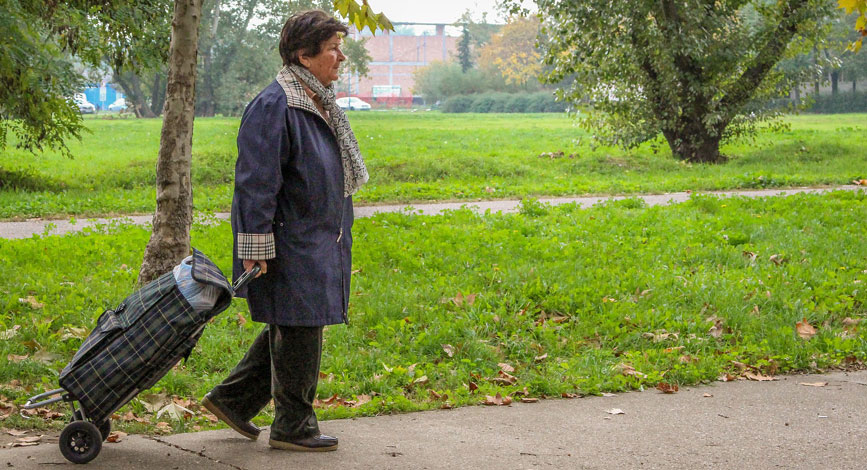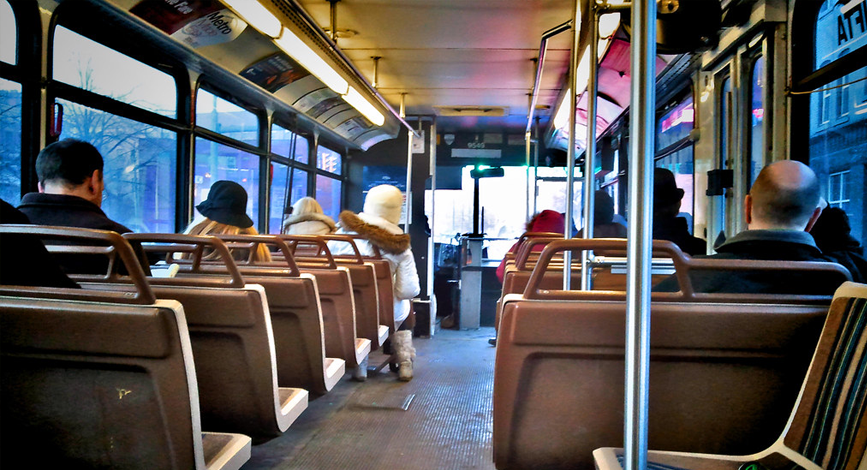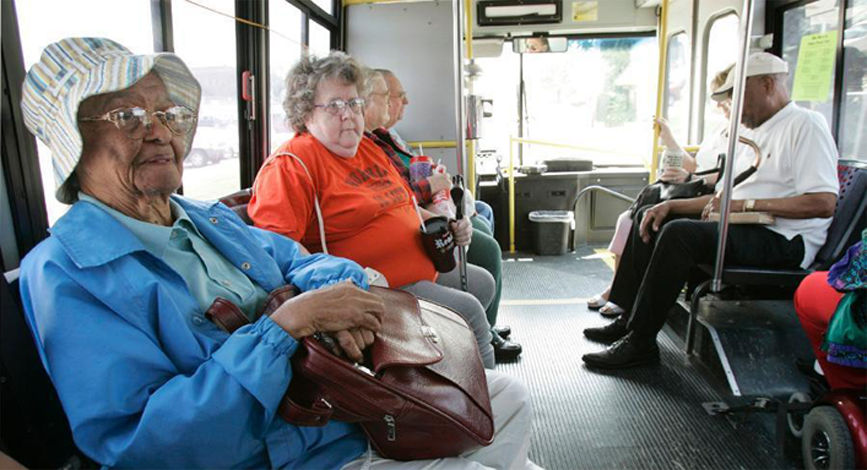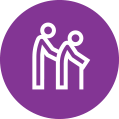Barbara
Barbara is just shy of 75 years old. She lives with her husband, grandson, and great grandson. She loves living in Springville. She speaks highly about the variety of youth activities and the services available for people of all ages, especially those at the Trading Post. “The Trading Post is really a central point for people in the community to come together. It’s one of the community’s greatest assets.”
Yet Barbara also notices some challenges in the community. Transportation is the greatest barrier she sees. “If you don’t have a car, you need Medicaid to get anywhere.” Barbara is not aware of any transportation service that takes Medicare and does not know where to find any information about other transportation services. The Trading Post and Sardinia Town Hall are her go-to places for information about what is available.
Lack of transportation limits her from accessing county services in Buffalo. Even though she qualifies for programs such as HEAP, she does not utilize these resources because Buffalo is too far away.
Barbara had a car but it needs repairs she can’t afford. At one point, she saved two months of social security checks just to pay for car repairs. Saving money for car repairs leaves less money for other household expenses and emergencies. She described how they put off fixing their broken furnace for months because they could not afford it.
If Barbara could improve her community, she would enhance transportation services and healthcare. She thinks an on-demand medical bus would be a good way to help residents get to the medical services they need without relying on friends and family.
If you don’t have a car, you need Medicaid to get anywhere.”






